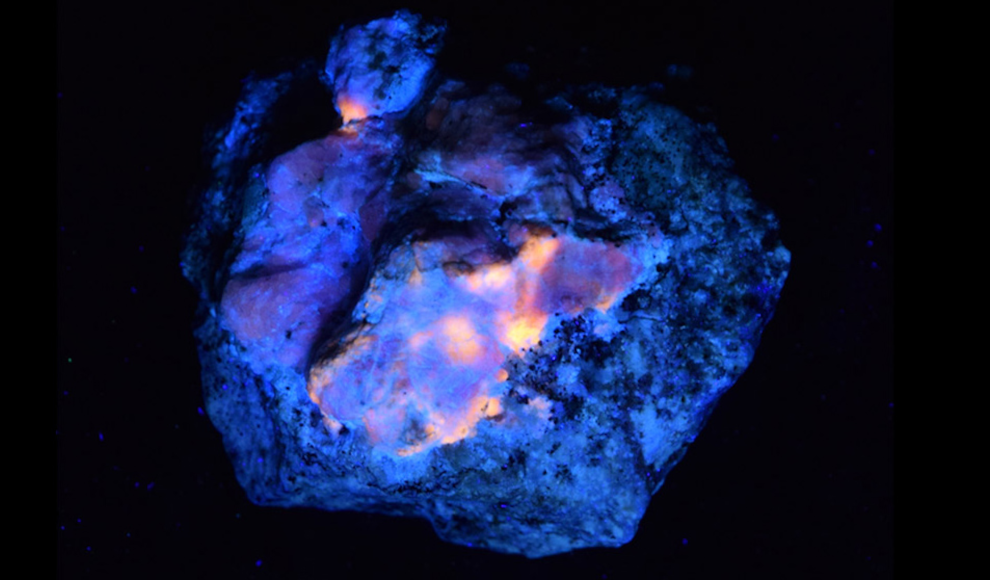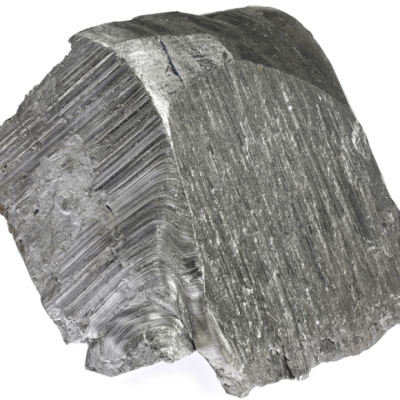Hackmanite, a silicate mineral, changes color when exposed to radioactive radiation, making it a potential base for eco-friendly dosimeters used in medicine. Researchers at the University of Turku in Finland conducted an experiment to determine how Hackmanite reacts to radioactive radiation. They placed the mineral at different distances from standardized emitters of alpha, beta, and gamma radiation and analyzed the reflection spectra of the samples to determine the depth of color. The experiment showed that Hackmanite changes color when exposed to radioactive radiation, with the color change being similar to that caused by UV and X-ray radiation, but slower. The mineral turns reddish-violet in color, with the intensity of the color change being proportional to the strength of the radiation. The study also found that Hackmanite has a “memory” for radioactive contacts, with the radiation leaving small defects in the crystal lattice of the mineral that can be detected through spectroscopic analysis.
The reversible, dose-dependent color change of Hackmanite makes it a potential base for eco-friendly dosimeters, as it allows for the measurement of radiation exposure. Currently, dosimeters use radiochromic substances that are not reusable or toxic. Hackmanite, on the other hand, can be used multiple times due to its reversible color change and non-toxic nature. The mineral could be used in film dosimeters in medicine, among other applications. The study also found that Hackmanite is a “memory” material that can store previous gamma radiation exposures, making it unique among minerals. The discovery of Hackmanite’s properties could lead to the development of more efficient and eco-friendly dosimeters in the future.
In conclusion, Hackmanite’s ability to change color when exposed to radioactive radiation makes it a promising base for eco-friendly dosimeters. The reversible, dose-dependent color change of the mineral allows for the measurement of radiation exposure, and its non-toxic nature makes it a safer alternative to current dosimeters. The mineral’s “memory” for radioactive contacts also makes it unique among minerals and could lead to further discoveries in the field of radiation detection.










